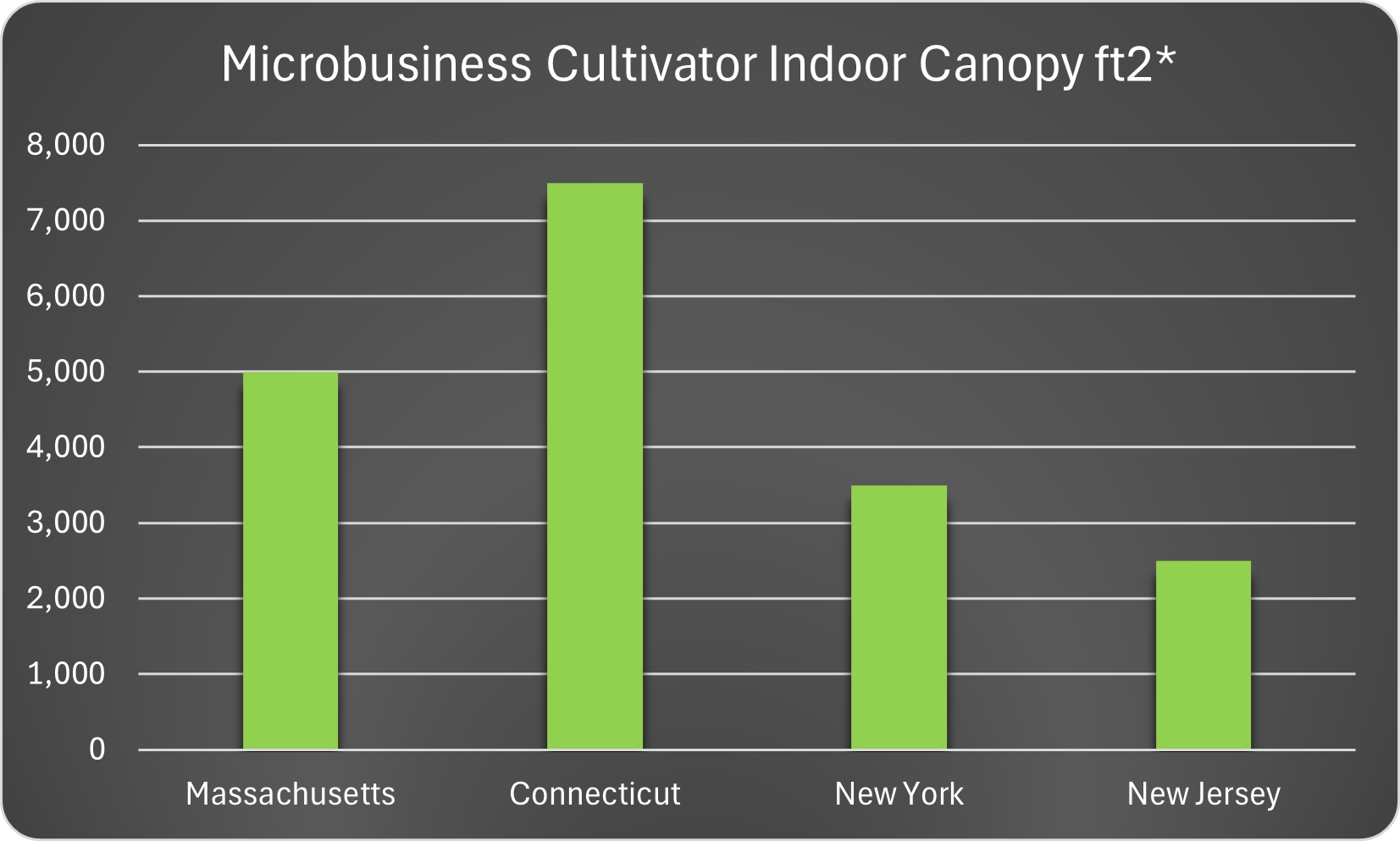Overview
Microbusinesses are one of the newest and most hyped license types among regulators dealing with legal cannabis. These licenses are typically focused on small cultivation businesses but can include processing and retail allowances that add significant diversity to microbusiness operations. In most cases, the microbusiness license type is geared toward Social Equity applicants and/or intended to retain some of the [historically speaking, intense] localization of the cannabis industry and its broader socio-economic impacts.
Today we’re taking a closer look at New York’s microbusiness license type, assessing the liberties and constraints involved, and using our advanced forecasting techniques to assess the viability of a NY cannabis microbusiness.
New York State Hates Verticals, Except When They’re Small
New York’s fraught adult-use cannabis rollout has been plagued with criticism, much of it focused on the restrictions and complexities in the licensing structure. To sell branded, pre-packaged eighths to retailers a cultivator ostensibly must acquire and operate three separate licenses, with all the complexities involved. Even then, direct involvement in retail is kept beyond arm’s length for larger cultivators and processors.
This is where New York’s interpretation of the microbusiness license type holds a lot of advantages. Where larger operators are limited in their operational scope, the New York Microbusiness licensee, while obligated to cultivate cannabis, is able to engage in processing, distribution, and retail without maintaining separate license types for each additional activity. Notably, they do have to choose at least one.
But it’s Not All Sunshine and Butterflies
While this is a great opportunity for smaller, craft producers to participate in the market, there are a few caveats that can turn potential licensees away from the NY microbusiness.
First, the wonky grow limitations. When New York created cultivation tiers, they added a layer of complexity in the form of lighting types. This alone ballooned the already-inflated 5 license types by adding subtypes to subtypes–within cultivation in particular–putting the effective number of individual and specific license types over 30 in New York.
The microbusiness did not escape this, with a total canopy square footage restriction that varies from 3500 ft2 for indoor cultivators to 10000 ft2 for outdoor cultivators, with two other types based on supplemental (or ‘hybrid’) lighting setups. Disregarding the tomfoolery that is heavily incentivizing outdoor cultivation in the snowiest, wettest, and most overcast place in the continental United States, this has added some not insignificant complexity to the planning, application, and licensure process for NY microbusinesses beyond the obvious production restriction.
A further issue is the microbusiness retail presence. While it is nice, on paper, to allow direct sales for the smallest producers, thereby avoiding the strange and unnecessary steps (and associated price increases) which other cultivators are obligated to engage with, the regulations specifically prohibit the purchase for resale of third-party products from Distributors. While this may not seem overly restrictive due to pervasive encouragement of white labeling in the Empire State and the microbusiness’ own ability to process, it significantly limits the microbusiness’ ability to attract, convert, retain, and satisfy a diverse customer base when compared to other New York cannabis retailers.
By the Numbers
In this section we’re providing visualizations with an aim to compare not only the NY microbusiness license to regional peers, but also to give some ideas of the potential cannabis product yield of NY microbusinesses under specific scenarios. We believe these metrics are best suited to highlighting long-term potential for small producers without accounting for potential changes in regulation and demand or pricing dynamics.
First, What Are the Neighbors Doing?
For the sake of simplicity, let’s compare New York’s 3500 ft2 of indoor cultivation canopy with Jersey, Mass, and CT:
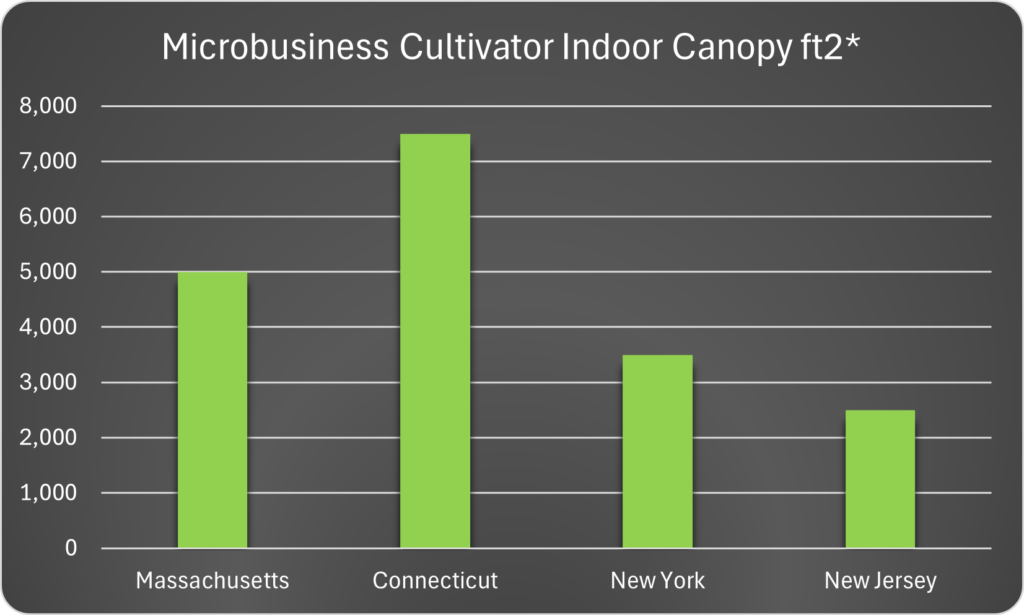
* There’s a big * there, since every state does their limits differently. Jersey would seem to have the least space, but their language acknowledges vertically stacked growing environments, with 2500ft2 as a footprint and 24ft as a max height, creating opportunity for much larger grow operations. Connecticut goes by total facility square footage, so the generous 7500 ft2 we’ve given them for new microbusiness cultivators could be smaller. That said, after a year of compliant operations they allow microbusiness cultivators to expand to 25,000 ft2 , fairly massive for a microbusiness.
Operationally, each state’s microbusiness also has different limitations. Some can do a lot under one vertical license; others need a separate license:
| Massachusetts | Connecticut | New York | New Jersey | |
| Cultivation | Yes | Yes | Yes | Yes |
| Processing | Included | Included | Included | Or |
| Distribution | Included | Included | Included | Or |
| Retail | No | No | Included | Or |
| Delivery | Additional | Included | Additional | Or |
New York looks great here, with a freedom of operations for microbusinesses we discussed above outstripping all but Connecticut for near-peer neighbors. But let’s dive into some of the meat.
New York Microbusiness’ Potential
Fire Business Strategies used our business forecasting tools to recreate the indoor cultivation scenario for a NY microbusiness. At about 3340 ft2 of canopy, it toes the line of the max indoor space with a little wiggle room for unexpected circumstances. We tuned it as a flower manufacturer, then a concentrates brand, then an edibles kitchen. Then we messed with the number to see how performance level at the grow might affect numbers. Here’s some rough potential monthly yields in dry-cured flower or rosin or 100mg rosin edibles.
Single-SKU Monthly Yield Potential for NY Microbusinesses
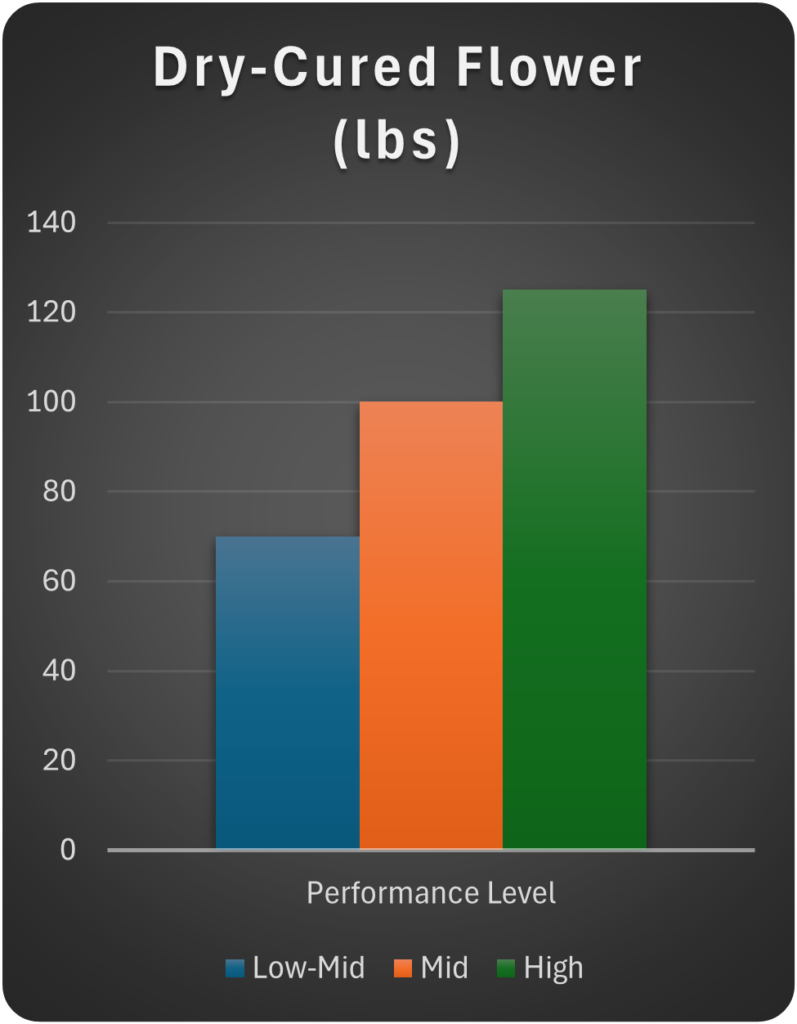
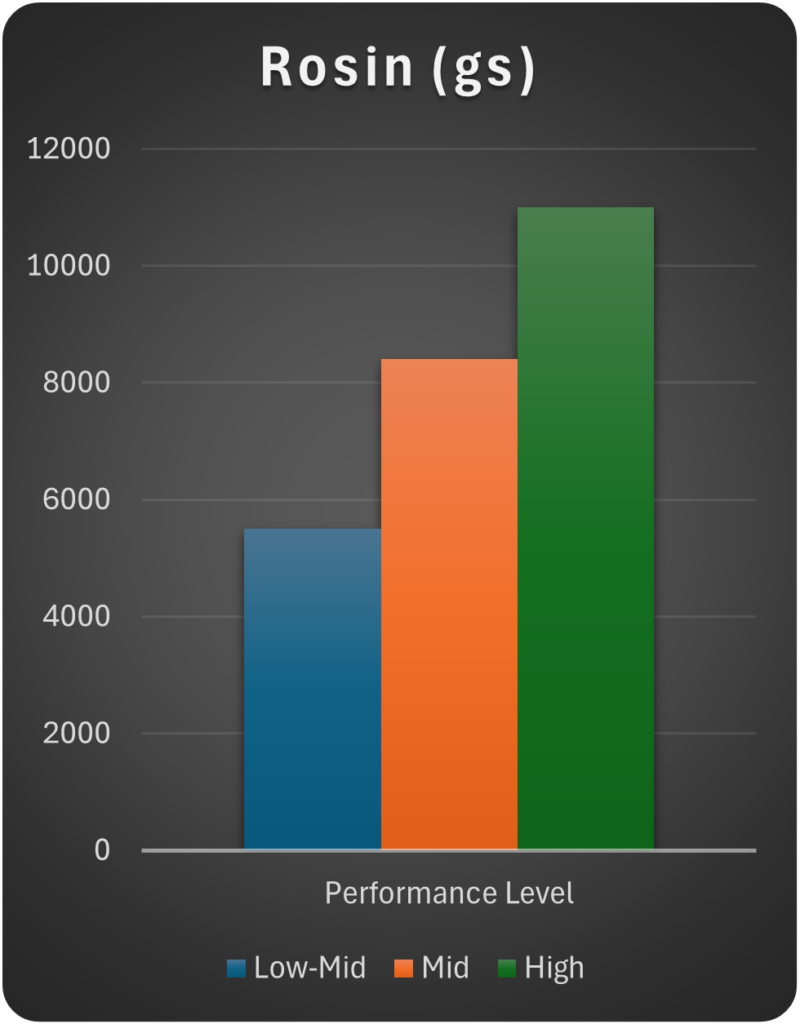
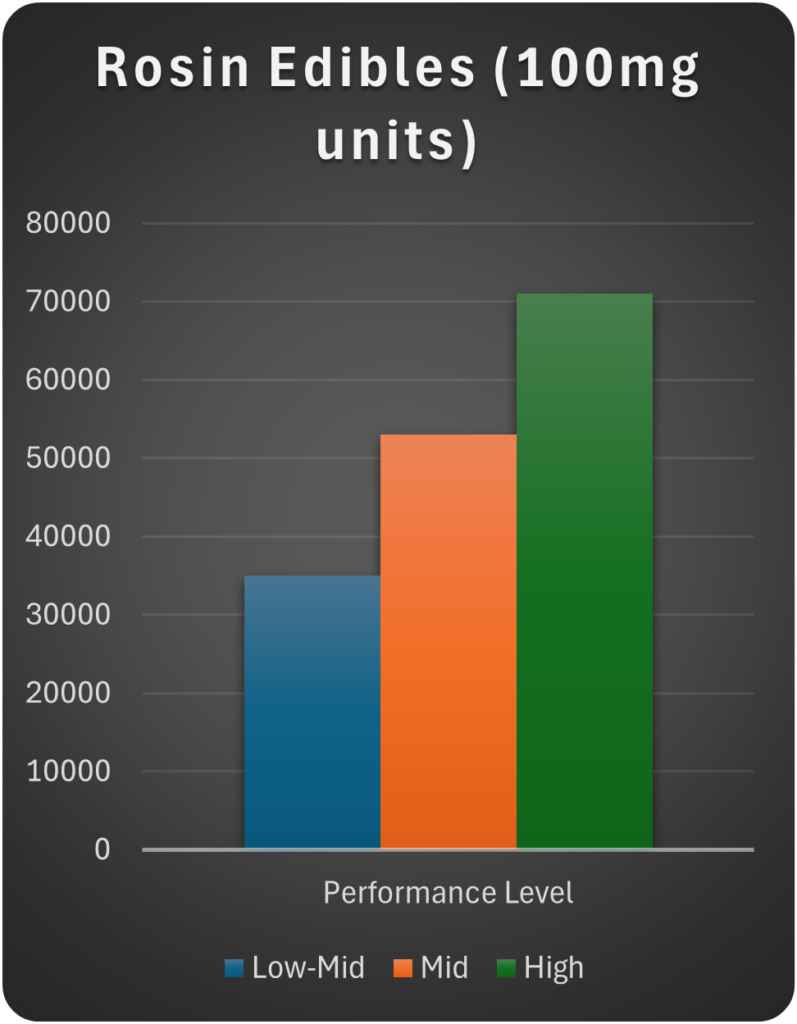
As we can see, the NY indoor microbusiness can potentially yield an incredible amount of cannabis, around 1400 dry-cured pounds per year at peak performance. A truly exceptional cultivator may push this number to over 2,000. While we’re still crunching the numbers for the 10,000 ft2 canopy outdoor cultivator, we estimate that a single-crop outdoor producer could yield around 50-100% more biomass at Croptober in an ideal scenario. Given New York’s often-less-than-ideal outdoor cannabis cultivation climate, that’s likely to vary wildly.
Tiny Little Endgame
Microbusinesses are an interesting opportunity in cannabis, but creating a profitable business at this scale can be difficult, and the constraints on expansion and parge non-legacy verticals in NY mean scaling the business comes with giving up some operational advantages a New York microbusiness offers.
Running the numbers, we’ve found that a microbusiness engaging primarily in bulk dry-cured flower sales and distribution will still be working toward profitability, if even possible, in year 3. Conversely, a NY microbusiness project that produced solventless edibles could have earned back its (admittedly almost double) project budget and turned a tidy $2m profit in the same period. A rock-solid strategy may be necessary to succeed, but at least you’re not stuck with New Jersey’s 10-employee-per-microbusiness rule if you go this route.
Interested in more quick insights from Fire Business Strategies? Ready to turn your microbusiness into a thriving enterprise? Check out our blog or fill out the contact form below to spark something up.
